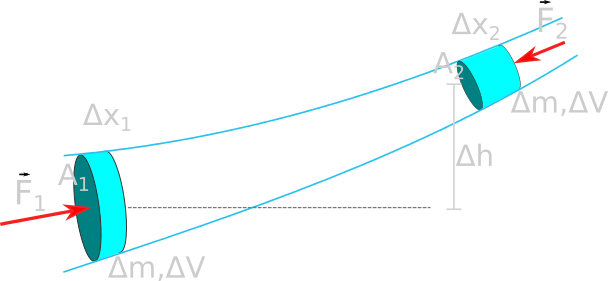
It is also shown that the unique equilibrium state of a two-sided Bowen function has the weak Bernoulli property. This is used to apply results of Bradley to show that the natural extension of the unique equilibrium state μ φ of φ ∈ Bow( X, T) has the weak Bernoulli property and hence is measure-theoretically isomorphic to a Bernoulli shift. For example, φ ∈ Bow( X, T) if and only if ν is a measure with a certain approximate product structure. Necessary and sufficient conditions on such an eigenmeasure ν are obtained for φ to belong to two important spaces of functions, W( X, T) and Bow ( X, T). The dual operator L φ * always has a probability measure ν as an eigenvector corresponding to a positive eigenvalue ( L φ * ν = λν with λ > 0). Preliminaries.ĭoi:10.3934/dcdsb.When T : X → X is a one-sided topologically mixing subshift of finite type and φ : X → R is a continuous function, one can define the Ruelle operator L φ : C( X) → C( X) on the space C( X) of real-valued continuous functions on X. The necessity of the former condition was proved by Kolmogorov while Ornstein 1. The notion of Ornstein's d-distance made possible to demonstrate the Kolmogorov-Ornstein Isomorphism Theorem which establish the following statement: two Bernoulli shifts are isomorphic if and only if they have the same entropy. If the potential defining the Gibbs measure is sufficiently regular, then the finite range approximations are sufficiently similar "in the projective sense", and in this case the mixing rate of the Gibbs measure can be upper bounded by a function of the mixing 8, 1 8, 1 8, 1 8 ) are isomorphic. Their technique relies on a projective comparison of the marginals of the approximating measures. The result extends straightforwardly to the case of g-measures defined by sufficiently regular g-functions. In was established a relation between the rate of projective-convergence of the Markovian approximations of a one-dimensional Gibbs measures and the decay of correlations of the limiting Gibbs measure. With this contraction, explicit bounds on the rate of decay of correlations are obtained. Then, using Birkhoff's ideas, he shows that one can associate a Hilbert metric to the above mentioned cone and that such a metric is contracted by the PF operator. The method employed relies on the study of the Perron Frobenius operator (PF) applied in a certain convex cone of functions that is mapped strictly inside itself by this operator. Also, in Liverani investigates the decay of correlations in a class of non-Markov one-dimensional expanding maps. The strategy consists of using positive transformations defined on an invariant cone with respect to a projective metric. defined on a subshift of finite type, see, for references. Numerous applications have arisen from this theory, namely, contributions to the theory of non-negative matrices, positive integral operators, positive-definite symmetric matrices and the study of solutions to systems of ordinary differential equations. efinite symmetric matrices and Banach lattices. The considered spaces are the positive cone in R n, the set of continuous positive functions defined on the unitary interval, the cone of real positive

Bushell gave elementary derivations of the principal properties of Hilbert's metric in a general (Banach space) setting, namely the triangle inequality and completeness criteria in positive cones contained in different metric spaces. References a continuous, positive and strictly increasing function f and for all positive vectors x, y.


 0 kommentar(er)
0 kommentar(er)
